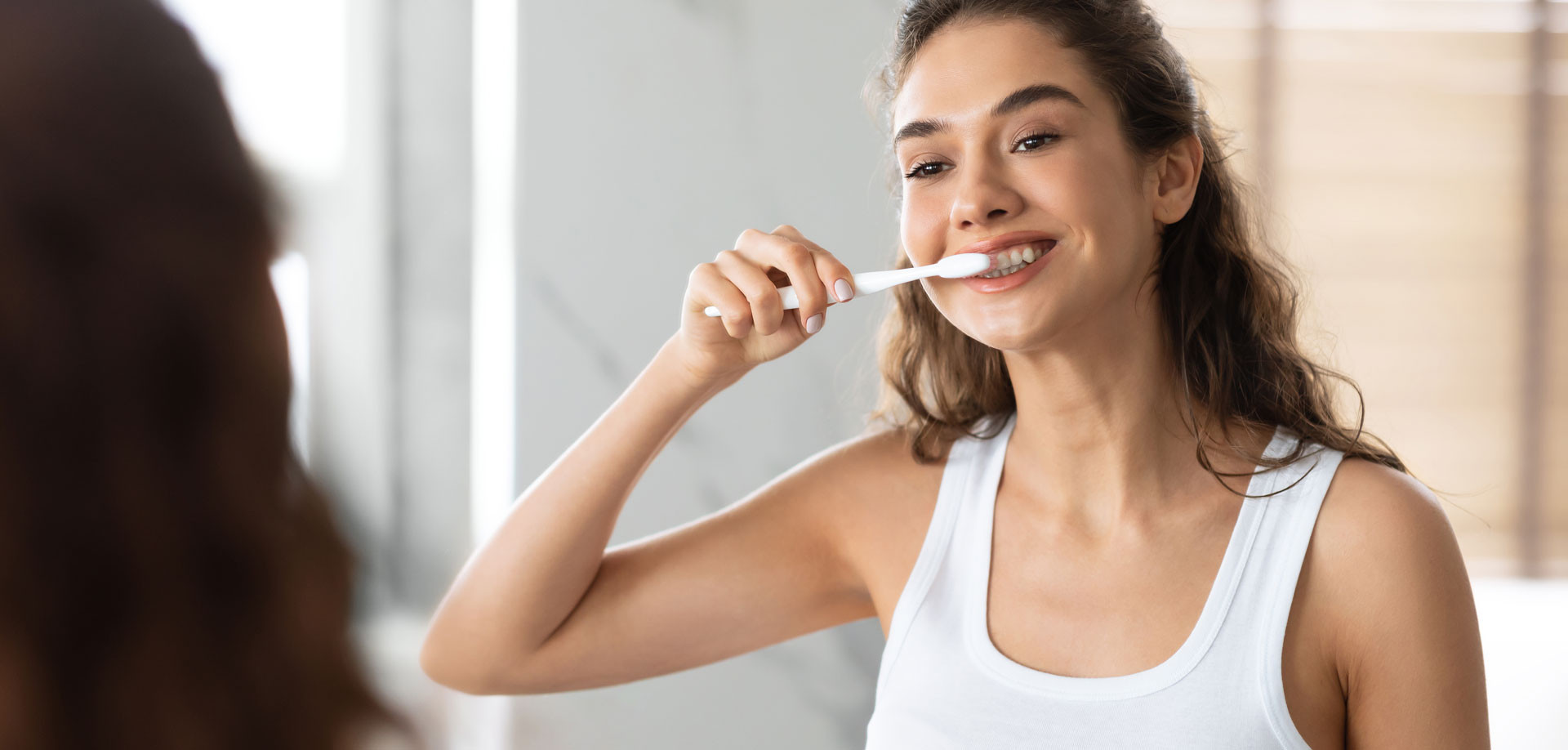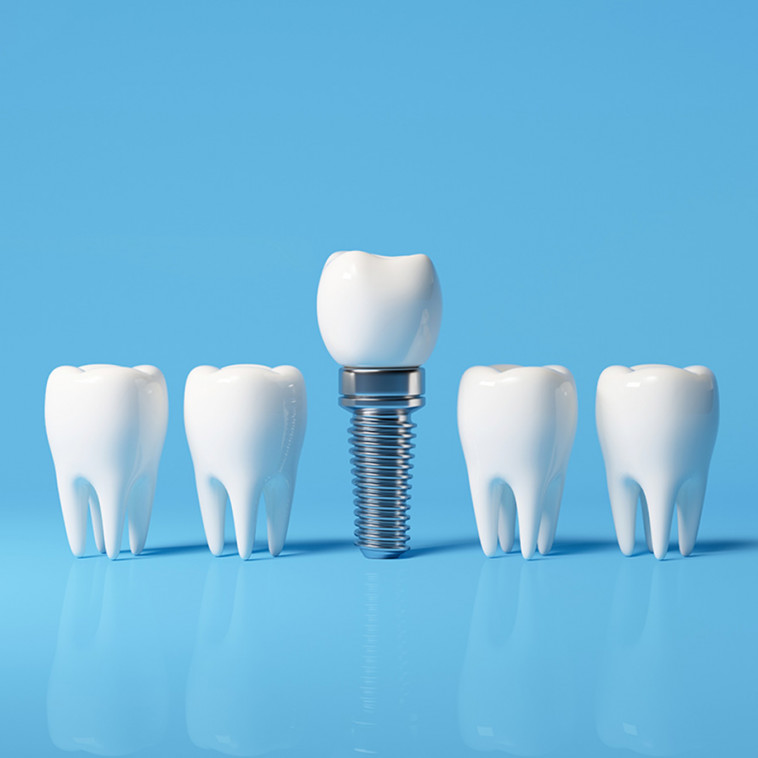
Teeth brushing: What you need to know
Going through your daily routine — combing your hair, washing your face, brushing your teeth – is second nature. However, are you brushing your teeth correctly?
Please pay attention to these details and follow our instructions to combat plaque, clean your teeth, and maintain a healthy smile.
Your pearly whites play an essential part in daily living, from breaking down food to toothy greeting smiles. Use these toothbrushing tips to take care of them.
The Proper Way to Brush Your Teeth
Brushing helps remove plaque and bacteria accumulated on teeth and around the gumline. If plaque is not regularly removed, it can lead to cavities, tooth decay, and even periodontal disease. Brushing your teeth correctly can protect them from decay and sickness.
Take the following steps:
•Step 1: Begin with your teeth outside surfaces. Please take your time! Brush your upper and lower teeth gently. Going tooth by tooth can assist you in slowing down and avoiding missed places.
•Step 2: Tilt your brush 45 degrees. Brush the gum line to remove any trapped plaque or food debris. Brush the teeth gently back and forth with short, tooth-wide strokes.
•Step 3: Clean your inner teeth. Because the interiors of your teeth are less visible, it is tempting to neglect them – but these inner surfaces are just as susceptible to plaque. Brush your teeth back and forth at a 45° angle to clean the inner surfaces of the teeth.
•Step 4: Clean your teeth's chewing surfaces. Brush the top layer of your back teeth, where food can quickly become lodged, with short back and forth strokes.
•Step 5: Brush your teeth and tongue. Brush your tongue to eradicate odor-causing germs for fresher breath.
Tips for Better Tooth-brushing
Brushing your teeth correctly is a great way to practice good oral hygiene. Check that you have the necessary tools and are not making common mistakes. Below are some frequently asked questions about dental brushing:
• How often and for how long should I brush my teeth? Brush for at least two minutes twice a day. Set a stopwatch or timer to ensure you're paying adequate attention to your teeth.
• Which toothbrush should I use? The American Dental Association (ADA) suggests using a soft-bristled brush to eliminate plaque and food particles. A toothbrush with a tiny head can reach all mouth parts more effectively. An electric toothbrush is an excellent solution for those who have difficulty brushing their teeth or limited manual dexterity.
• What type of toothpaste should I use? Depending on your specific demands, toothpaste ranges from treating cavities and whitening teeth to improving sensitivity. Have difficulties making a decision? Consult your dentist to determine which toothpaste is best for you.
• Can I wash my teeth too much? Overbrushing is possible; therefore, use a soft touch when using your toothbrush. Brushing with force can cause abrasion, gum recession, and discomfort.
•When should I change my toothbrush? Replace your toothbrush when it becomes worn or every three to four months, whichever comes first. To avoid reinfection, replace your toothbrush after an illness.
Nobody likes to deal with dental decay and illness, discomfort, and financial costs. Begin implementing preventative oral care by brushing correctly.
Brushing your teeth correctly may maintain your smile fresh, healthy, and cheerful with daily flossing and regular visits to the dentist.
Contact us
Amaral 13 Building
Flat 403,
1061 Nicosia, Cyprus
Tel: 22-452345/6
email: apanagidisdentalcenter@gmail.com



